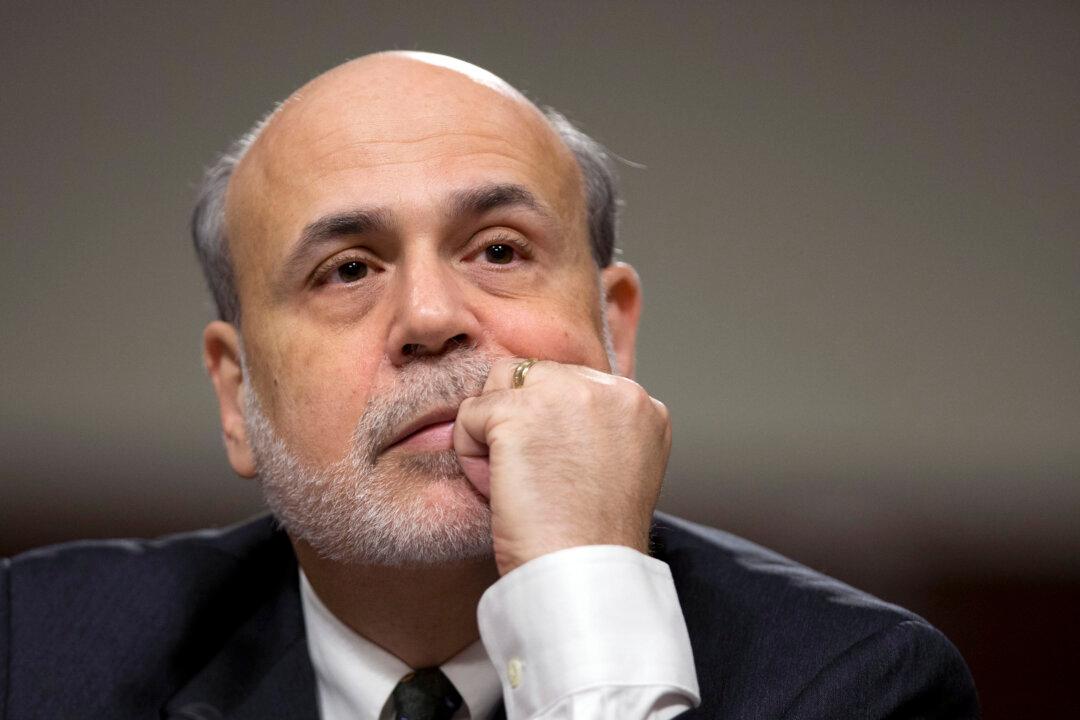Commentary
Most people under the age of 40 have no financial experience in a world of positive interest rates for most dates of maturity. Maybe that sounds geeky and like it doesn’t matter much. However, it’s actually a huge thing.

Most people under the age of 40 have no financial experience in a world of positive interest rates for most dates of maturity. Maybe that sounds geeky and like it doesn’t matter much. However, it’s actually a huge thing.